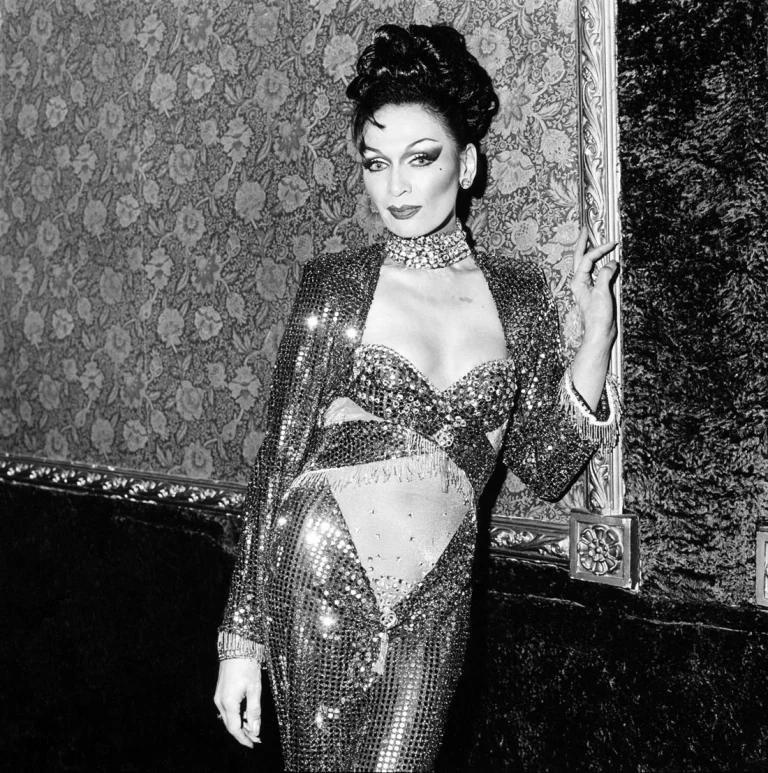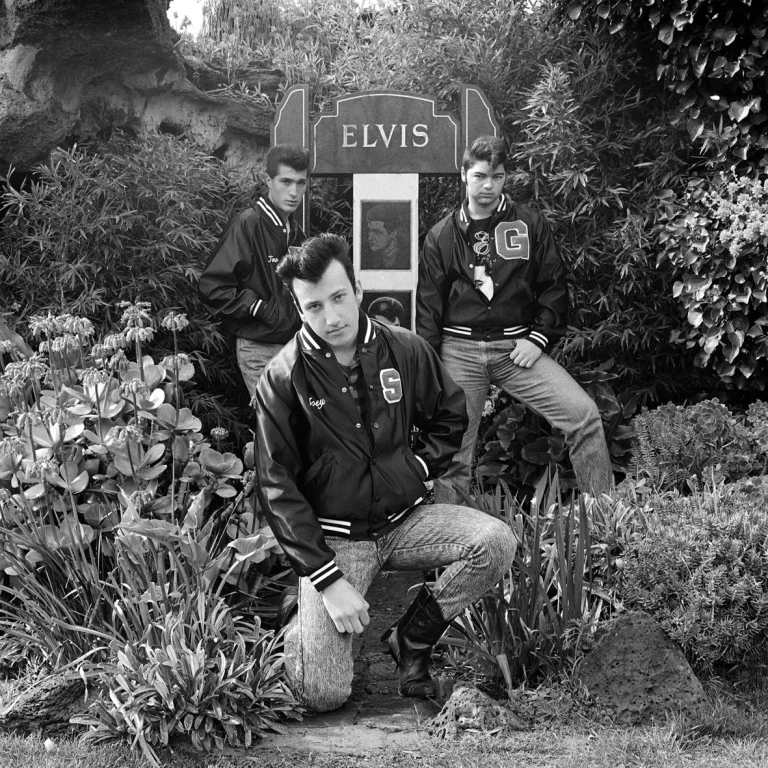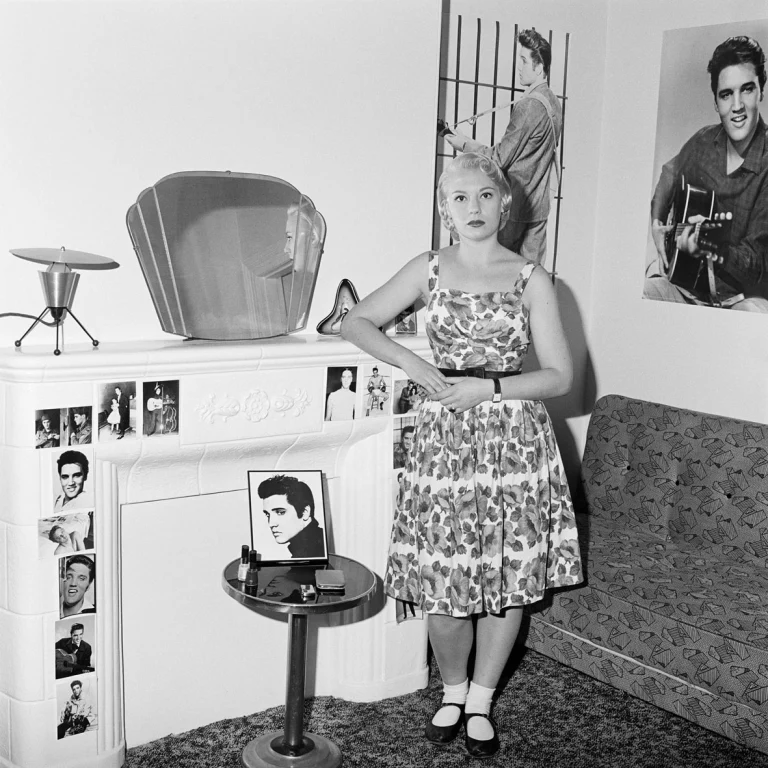INTERVIEW: Polixeni Papapetrou – Identity, Performance, and the Art of Transformation
Polixeni Papapetrou’s A Performative Paradox at the Centre for Contemporary Photography in Melbourne offers a layered exploration of identity, subculture, and childhood. Drawing from a career spanning decades, the late Australian photographer’s work touches on themes of performance and transformation, capturing the ephemeral and the eternal in a single frame. We sat down with curator Anne Marsh, who worked closely with Papapetrou, to discuss the exhibition’s conception and legacy.
How did the idea for A Performative Paradox come about?
Anne Marsh: The exhibition was conceived as a way to trace Polixeni’s journey through her early documentary work into her later staged photography. It highlights the thread of performativity that runs through her practice. We wanted to emphasise how her subjects—be it Elvis fans, drag queens, or her own children—use performance to shape and express their identities.
Polixeni’s early work focused on subcultures, while her later work centred on childhood. How do these themes connect?
Her early photographs explore identity as a performance, often tied to community or subculture. Whether it’s an Elvis fan at a cemetery or a drag queen in a North Melbourne nightclub, these images are about individuals stepping into roles, sometimes for public recognition, sometimes for self-expression. When Polixeni transitioned to photographing children—her own included—it became about a more intimate, transformative process. Children are natural performers, and she explored their evolving identities through costumes, masks, and theatrical backdrops.
The exhibition showcases a range of her works, but some viewers have noted its density. Was this a challenge?
It was. Polixeni’s body of work is incredibly rich, and narrowing it down was difficult. We opted to represent key series rather than focus on just one period. However, some series, like her childhood-focused Dreamchild and Haunted Country, only have a single image on display, which might feel like a tease to those familiar with her later work. The challenge was balancing a comprehensive overview with the constraints of the space.
The drag queen portraits seem to be a highlight for many. Can you speak about their impact?
Those black-and-white images are remarkable. Polixeni captured her subjects with such empathy and precision. In works like Drag Queen Wearing Cut-Out Dress (1993), you see both vulnerability and defiance. There’s a texture to the images—both literal and emotional—that makes them unforgettable. They echo the influence of Diane Arbus but with a distinct focus on community and belonging.
What role did Polixeni’s own identity play in her work?
Growing up as a Greek immigrant in Melbourne, she experienced a sense of being an outsider, which deeply informed her practice. Her fascination with people who live on the margins—be it subcultures or childhood itself—stems from her own experiences. She saw photography as a way to honour those who defy easy categorisation.
Her later work often used masks and costumes. What drew her to these devices?
Polixeni was fascinated by the idea of transformation—how a mask or costume can both conceal and reveal. For her, the mask became a tool to universalise her subjects, especially in her work with children. By obscuring their faces, she invited viewers to see them not as specific individuals but as representations of broader ideas—innocence, imagination, and the transient nature of identity.
What do you hope audiences take away from A Performative Paradox?
I hope they see the depth of Polixeni’s work—not just as beautiful images but as profound explorations of what it means to be human. Her work reminds us that identity is always in flux, shaped by our surroundings, our communities, and our imaginations. It’s a celebration of the many ways we perform ourselves in the world.
Polixeni Papapetrou: A Performative Paradox
Centre for Contemporary Photography, Fitzroy, Melbourne
Exhibition dates: 24 May – 14 July 2013
For more information, visit ccp.org.au.

Polixeni Papapetrou (Australian, 1960-2018)
Drag queen wearing cut out dress
1993
Gelatin silver photograph
28.5 x 28.5cm
Courtesy Nellie Castan Gallery, Melbourne and Stills Gallery, Sydney

Polixeni Papapetrou (Australian, 1960-2018)
Three young men paying homage to Elvis on the 13th anniversary of Elvis’ death, Elvis Memorial Melbourne
1990
Selenium toned gelatin silver photograph
40.7 x 40.7cm
Courtesy Nellie Castan Gallery, Melbourne and Stills Gallery, Sydney

Polixeni Papapetrou (Australian, 1960-2018)
Suzie, Elvis fan at home, Melbourne
1989
Selenium toned gelatin silver photograph
40.7 x 40.7cm
Courtesy Nellie Castan Gallery, Melbourne and Stills Gallery, Sydney
